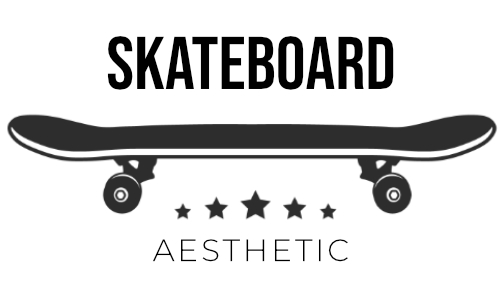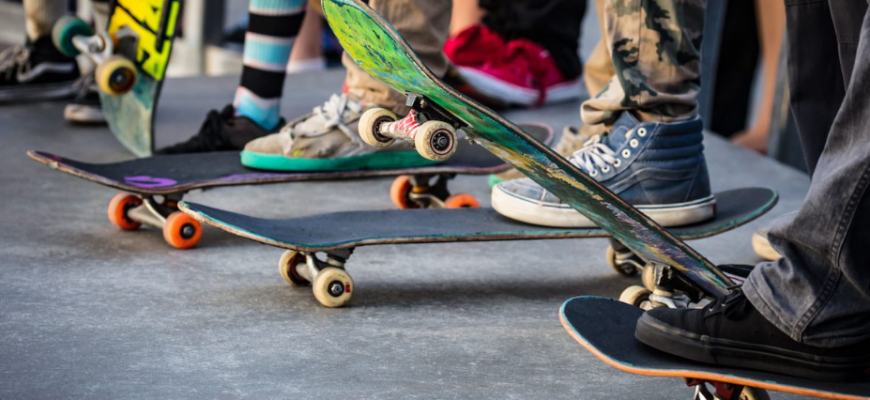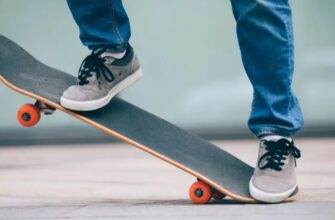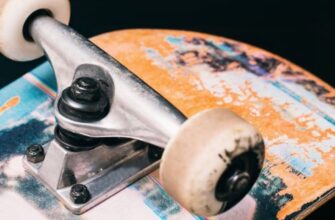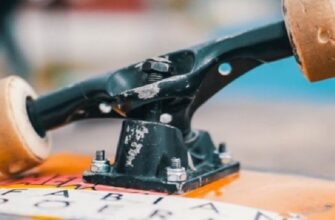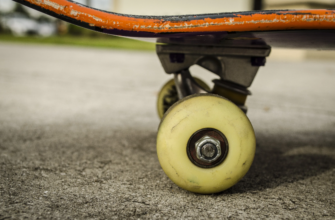We love skateboarding for freedom of movement, speed, and the opportunity to be creative. And also, for the feeling of endless satisfaction when you managed to put on long-awaited skate tricks that you had to work long and hard on.
Before you try to learn basic tricks that require serious skills, start with the basics of skateboarding tricks on flat ground. They will help you develop the feeling of riding on the board and improve your balance.
Remember that skateboarding tricks are a traumatic activity. And if you are unsteady on the board, the risk of injuries such as sprains, broken bones, and concussions will increase significantly.
Once you gain confidence and learn how to stand confidently on the board, learn to bend over and squat while maintaining speed. Then you’ll be ready to try these basic skateboard tricks.
In this article, you will learn how to perform beginner skateboard tricks, which skateboard tricks to learn first, and explain step by step how to master them.
- Riding Switch
- Drop-in
- Nose Manual
- Kick Turn
- Hippie Jump
- Ollie
- Boardslide
- Nosebleed or Nose Stall
- Caveman
- Nose Pick Up
- Boneless
- Tic-Tac
- Pop shove-it
- 5 tips for beginner skateboarders
- FAQs
- What is the easiest skate trick?
- What skate trick should I learn first?
- What is the next trick after Ollie?
- What is a 720 Gazelle Flip?
- What is a 5-0 skate trick?
- What tricks are easier than an Ollie?
- What is the difference between a shove and a pop shove-it?
- Should I put grip tape on my skateboard?
- Conclusion
Riding Switch
Skating in a reverse stance is not a trick in itself. But this is one of those techniques that you need to learn beginner skateboard tricks if you expand the range of skate tricks in your arsenal in the future. The switch is just skating with the opposite pivot foot than usual.
For example, if you usually put your left foot in front, pushing off with your right, then with a switch, your right foot will be in front, and you will push off with your left. Having mastered this technique, plenty of new possibilities and skate tricks will open up for you in the future.
Drop-in
Drop-in is the most basic element in ramp skating. Everything starts with it. Its essence is to simply move into the ramp from its coping.
To perform the jump, place the board’s tail and back foot on the coping ramp. Keep all your weight on that leg. Then put your front foot on the board closer to the nose and, combining smoothness and sharpness, enter the radius while maintaining body balance. Catch the feeling of radius, and keep moving.
It may seem scary at first, but this skill will help you gain confidence so that you can perform more difficult skate tricks in the future.
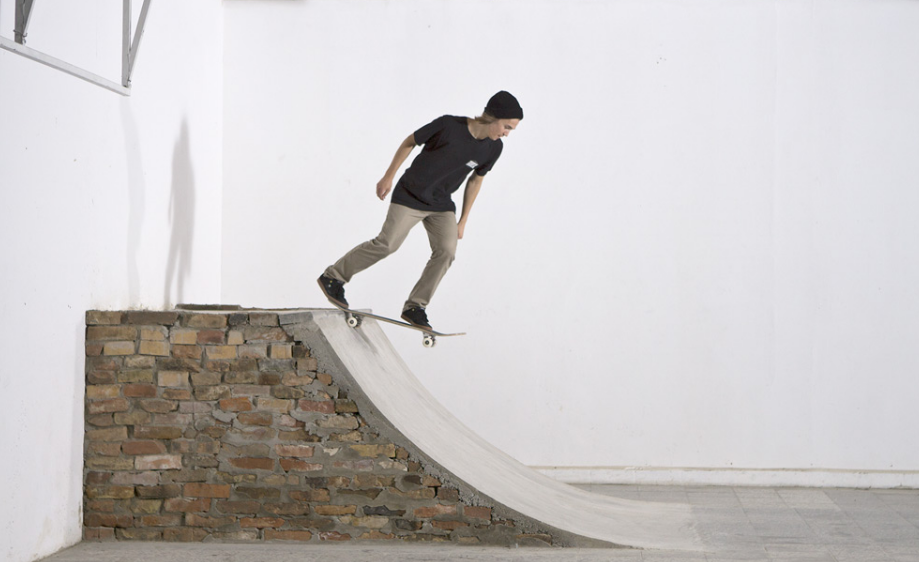
Nose Manual
Nose manual is a fun trickand a balance in which you ride on two rear wheels, and the front wheels are raised off the ground. The principle is the same as putting the bike on its hind legs. You don’t have to hold the nose manual for long, but riding on two wheels is a good way to improve balance.
Kick Turn
Kick turn is a fairly effective skill, especially if you can gain high speed. To learn how to do a turn, put one foot on the back of the skateboard, shifting more weight to that side. Place your other foot on the front of the board.
The moment you put your weight on your back foot, the front of the skateboard should rise. When the front of the board is a few inches off the ground, turn it forward or back.
Hippie Jump
Before practicing the Ollie, first, start learning the hippie jump. You’ll get a little taste of what it’s like to jump without opening the deck. This is an elementary trick you can start just by jumping on your skateboard.
This is part of the Ollie where only you jump over the board, and it rolls along the ground after you. Such a trick does over any obstacles that a skateboard can pass under, and you can jump up.
This element will teach you how to land confidently on a rolling board and feel confident in front of some obstacles.
Remember to land correctly on your skateboard. If a friend is nearby, they can help by holding a stick or a skateboard you can jump over. Keep doing this until you can jump higher.
Be careful to land on the board. If you land too close to the tail or nose, the board can jump up and hit you in the shins or, worse, in the face.
Ollie
Once you’ve mastered the basic technique, it’s time to move on to more advanced tricks. Many skateboarders consider the basic Ollie to be one of the most important starting skills because other skate tricks are built on top of it.
Start with a jump, sit down on your knees, and push the back of the board so that it stays with your body during the jump. Then put your front foot in so that the board is level. Keep practicing and you’ve made an Ollie.
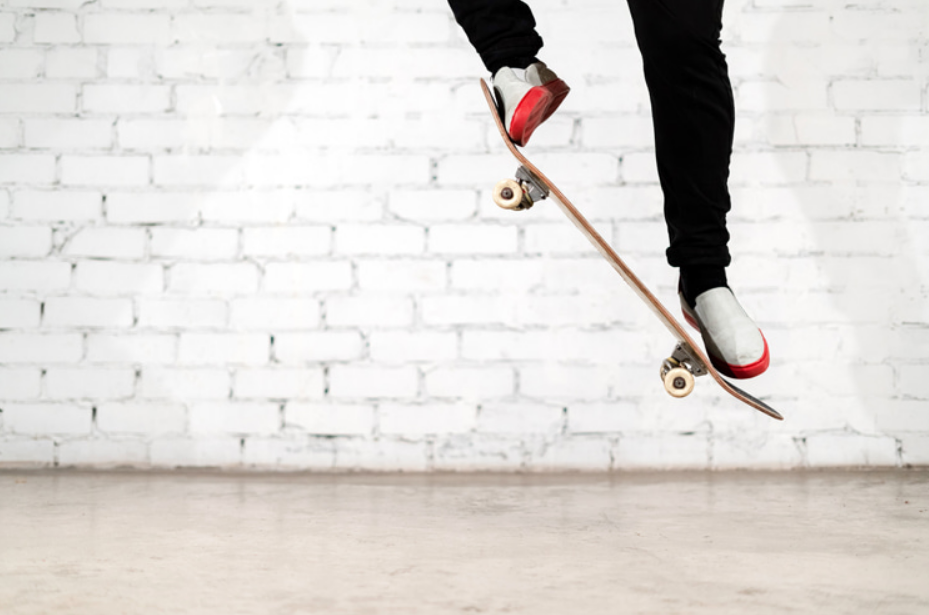
Boardslide
Boardslide is another cool trick you can start practicing once you get the hang of jumping, turning, and Ollie. With it, you can ride rails or fan boxes. To perform a board slide on a figure, you need to accelerate well. Then do an Ollie and try to jump on the railing so that it is in the middle of your board. And then jump off the rail.
To make the glide smoother and protect the board from damage, thoroughly rub the railing with paraffin.
Nosebleed or Nose Stall
A nosebleed includes an obstruction such as a curb with an edge and pressure on the nose when leaning back. To make it easier to fix the nose, start with a low obstacle and work your way up. First, you need to give it a little push and roll toward it.
As soon as you hit the curb, lift the deck a little by putting a little pressure on the tail and rest your nose on the curb. Lean on your front foot to stay in position. You will also need to roll, I will leave that up to you. Once you get comfortable, move on to higher objects.
Caveman
Start by practicing jumping on your skateboard with a little lean-forward movement. Just take a couple of steps back, run towards you, and jump onto your board. You are now ready to explore the caveman.
Hold the nose of the skateboard with your front hand and place your thumb on the deck. Run a few steps and lift your back foot off the ground. Release the skateboard and land on the board. You have just made your first caveman.
Nose Pick Up
This requires you to take off your back foot while rolling and pushing the skateboard with your front foot. The tail will automatically appear behind you, and then you will need to grab your deck.
Grabbing is easy because your skateboard will stay behind your foot in an upright position, just move your hand towards your back and you can grab it. The easiest way to practice this is to start from a stationary position. Just put your front foot on the nose (not over it). You then use your front foot to push down on the nose and allow the board to rise.
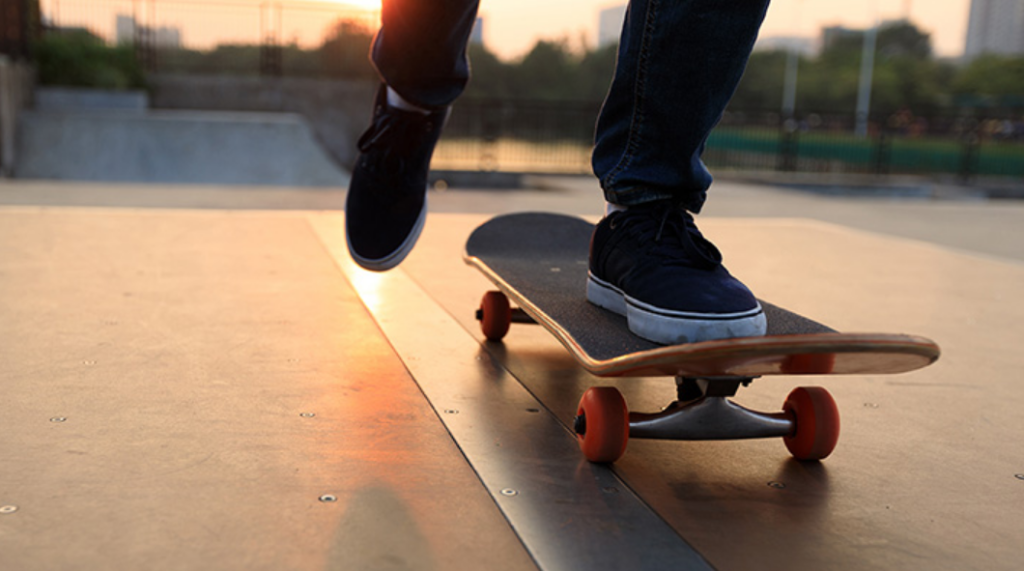
Boneless
Another great trick for beginner skateboard tricks. Once you learn how to do Boneless, the possibilities are endless. To do this, you need to grab onto the (outer) side of the board next to the wheels and jump onto it again. It’s a little scary at first, but then you get used to it.
Tic-Tac
Place your back foot on the tail and your front foot near the front of the board. Press down a little on the tail with your back foot, and just relax your foot forward and guide the board to it. The back leg performs the function of “takeoff”, and the front leg directs this takeoff. Learn first on the spot (preferably on a flat surface), and as you learn, do tic-tac on the go.
Once you’ve mastered the skateboard tricks for beginners, you can move on to the advanced tricks.
Pop shove-it
Pop shove-it is a variant of the original freestyle push, with the main difference being that the pop shove-it includes an Ollie technique. Popularity is usually attributed to the legendary professional sci-fi skater Julien Stranger, and was initially often referred to as “Julien shove-it”.
You should put your feet in the Ollie position, but in such a way that the back leg does not hang over the edge of the tail. This will help the scooping motion. Squeeze like an Ollie. Begin to lift yourself and visualize yourself throwing your tail out while scooping it up to guide it through a 180° rotation.
5 tips for beginner skateboarders
- Equipment selection
A complete skateboard consists of six components: a skate deck, grip tape, hardware, carts, bearings, and wheels. There are several brands, sizes, and applications for all of these items to suit personal preferences. Therefore, it is necessary to carefully consider what equipment is needed.
- Find out your position
There are two main stances in skateboarding: regular and goofy. Someone who regularly stands with the left foot in front and the right foot in the back. Push off with your back foot, not your front foot.
Once you figure out which stance you’re in and feel most comfortable with, start learning how to push on your skateboard. First of all, do not push off with your front foot as you will have less control over the skateboard.
- Practice, have fun, and never give up
If you want to become a better skateboarder, you must always practice. Be patient with yourself and focus on having fun. Don’t compare yourself to other people who may have more experience than you. Concentrate on developing your style of skating and skateboarding not only to impress others but also because you enjoy it.
- Seek advice
Another helpful tip for those new to skateboarding is to ask and seek advice from others. You can learn a lot and get information from other skateboarders with a lot of experience.
- Set realistic goals
Start small and set realistic goals. Start by learning the basics and then just work on getting comfortable on the skateboard. Don’t set the bar too high, and instead make a list of tricks you think you can pull off with a little practice.
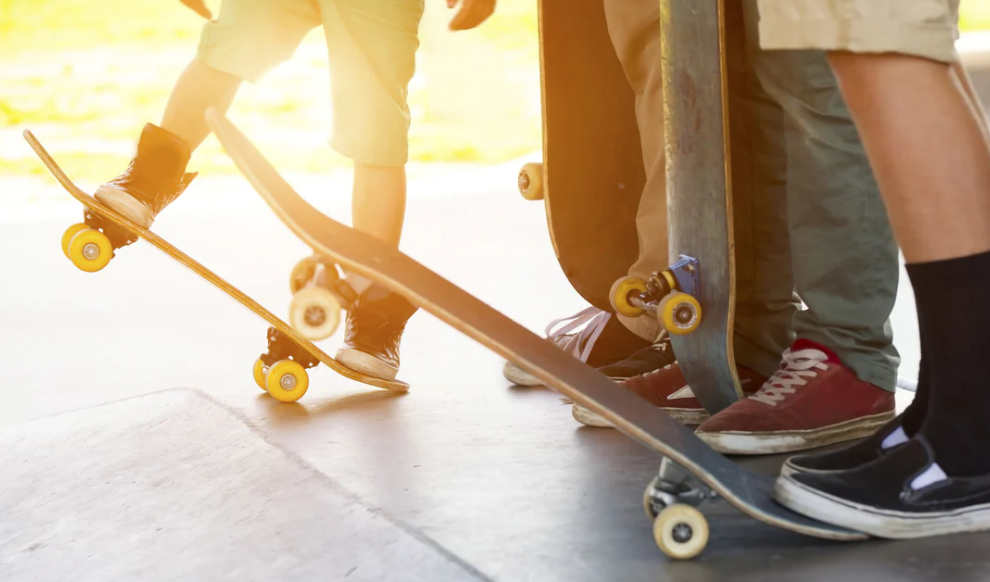
FAQs
What is the easiest skate trick?
The Ollie is the easiest skateboarding trick for beginners that all skateboarders usually start with. An Ollie is a jumping technique that skateboarders use to lift themselves and their board off the ground and into the air.
What skate trick should I learn first?
The Ollie is the first trick you need to master. This is the foundation upon which nearly all skateboard tricks are built, so make sure you get it good.
What is the next trick after Ollie?
The Frontside 180 is a skateboard trick that combines an Ollie with a 180-degree turn.
What is a 720 Gazelle Flip?
720 Gazelle Flip is two complete turns in the air – one of the rarest skateboard tricks in skateboarding.
What is a 5-0 skate trick?
A 5-0 skate trick is a grind trick in which the skateboarder uses an obstacle, such as a skate ramp or the edge of a pool, to get between the skateboard’s rear cart.
What tricks are easier than an Ollie?
If you’re having trouble doing an Ollie, try other easy skateboard tricks for beginners like Hippie Jumps, Caveman, and Boneless.
What is the difference between a shove and a pop shove-it?
The difference between a shove and a pop shove-it is the tail kick. Since shove doesn’t utilize the pop, it doesn’t come off the ground. But pop shove-it can get a lot of height depending on how hard you can pop and how high you can jump.
Should I put grip tape on my skateboard?
If you’re new and wondering whether you need tape to grip your skateboard, the answer is yes. Grip tape is critical to your skateboarding success, especially if you plan on learning even the simplest tricks.
Conclusion
Skateboarding trick is one of the hardest things to do. Before trying professional flip skate tricks, you must learn the basics and beginner tricks. Once you’ve learned the basics of skateboarding tricks, you can try other tricks, and your first Ollie will be as cool as your first 360 turns.
Read also: What are skateboard wheels made of and how to choose good models for skateboarding?
